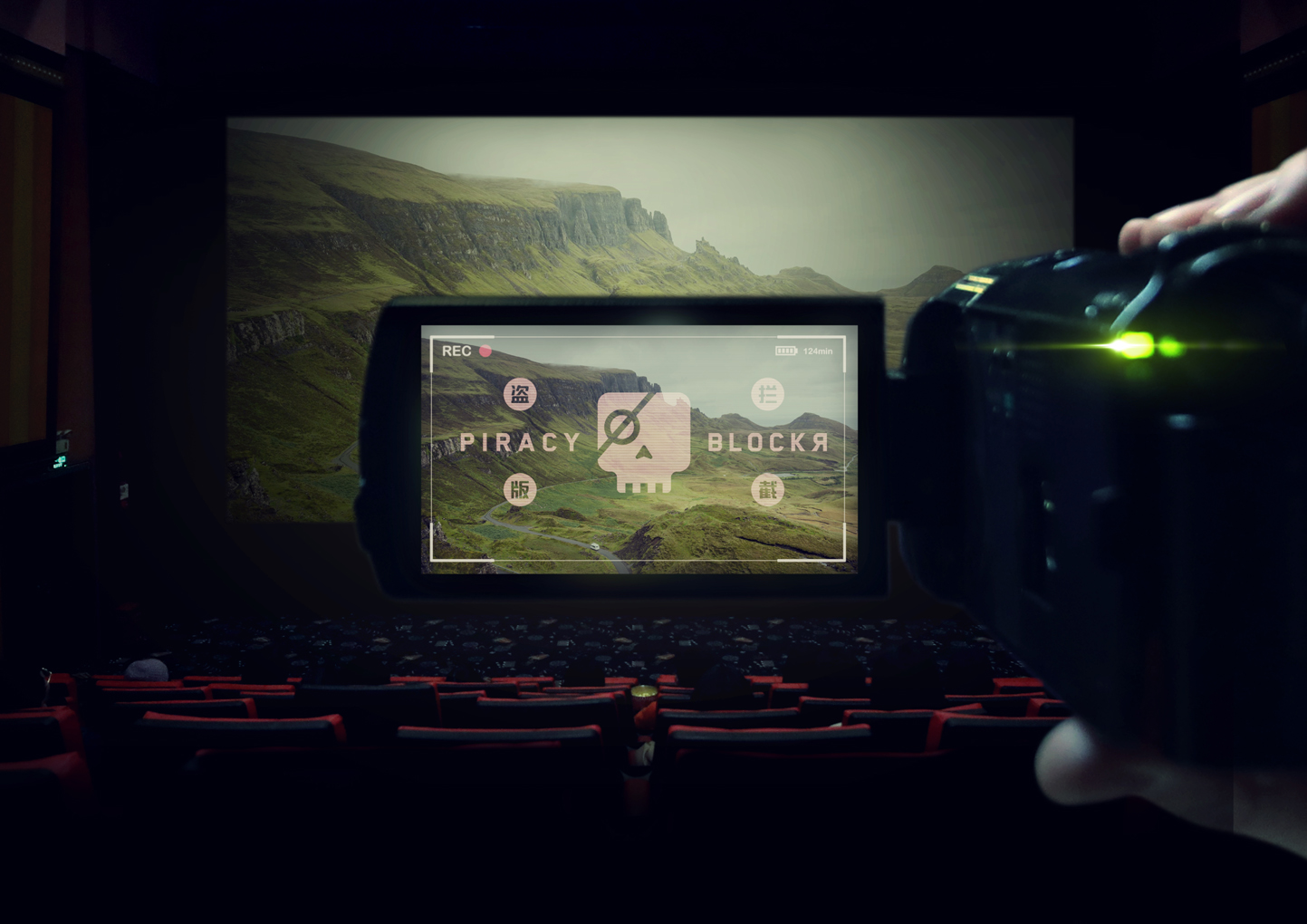
During February, China’s National Copyright Administration (NCAC) announced that it would be upping efforts to deal with copyright infringement.
On top of a promise to “dig deep” into the sources of piracy and “sternly investigate” online platforms that help to distribute pirated content, the NCAC said it would also target unauthorized “camming”.
Camming, the act of recording movies in theaters with video cameras, has been a major headache for the entertainment industries for decades. Illegal copies often hit the Internet within hours of a movie’s premiere, as was the case last month with Avengers: Endgame.
While the NCAC clearly couldn’t do anything about that serious event, the question remains whether physical deterrents (such as bag searches and action against complicit theater owners) can also be augmented by technical measures.
Before Endgame dramatically hit the web, the China-based partnership of Ogilvy and Focus Film Media, part of Focus Media Group, announced that they had developed a new system to prevent camming taking in place in cinemas.
“Originality is the soul of the film industry and the foundation from which it thrives upon; it is our job to protect this originality,” said Jason Jiang, Founder and Chairman of Focus Media Group.
“We are delighted to have gone beyond a conventional approach and develop the ‘Piracy Blockr,’ which allows us to address the problem in a discrete but effective way, ensuring that the film industry is protected for years to come.”

The image above, although clearly mocked up, provides an idea of how the system is supposed to work. A watermark, invisible to the viewer, is captured by camcorders when an attempt is made to record the screen.
So how does it work? TorrentFreak spoke with Ogilvy to find out.
“There is a lot more to light than what mere human eyes can detect, but a device in your pocket can help you see beyond your biological limits. Our eyes can only detect colors of light that we see as a rainbow, primarily shades of red, orange, yellow, green, blue, indigo, and violet,” says Silvia Zhang, Ogilvy Marketing & Communications Manager.
“So while our naked eyes can’t pick up on the wavelength of infrared light, the sensors in your phones and cameras can – essentially making the invisible visible.”

Anyone with a smartphone can easily see what the system is about. Simply press a button on an infrared remote control and point it at the camera lens and the image on the screen will display the infrared light emitted by the device. The camera can ‘see’ the infrared light, we can’t.
“We used this to our advantage to combat the multi-billion dollar illegal cam recording industry by embedding panels of infrared light powered watermarks, which we call the ‘Piracy Blockr’, behind cinema screens in China,” Zhang adds.
The idea of using infrared light to foil pirates isn’t new. A report dating back almost 10 years reveals that Japan’s National Institute of Informatics had teamed up with Sharp to pulse infrared light through cinema screens to disturb digital recording devices.
Since we haven’t heard of any such devices actually being deployed in cinemas, we asked Ogilvy how many screens its system currently ‘protects’ in China. The company didn’t respond to our question, despite repeated attempts.
We also asked how the Piracy Blockr system is able to defeat determined cammers who attach infrared filters to their devices. The company didn’t respond to that question either. A request for a real-life image or video clip of Piracy Blockr in action received the same response.
Some research appears to have been carried out in India (pdf) which considered the challenges presented by pirates who deploy infrared filtering but the problem clearly isn’t straightforward. If it was, someone would be making millions by now while resigning ‘camming’ to history.
As for Piracy Blockr, we won’t be holding our breath while waiting for a live demo.






